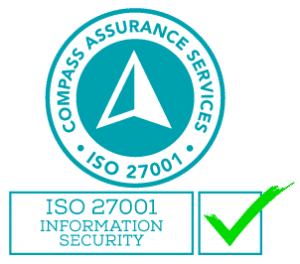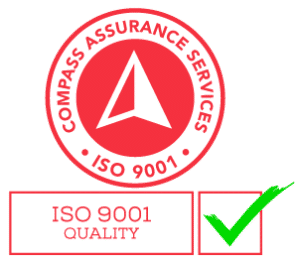Managing your business’ endpoint security requires constant attention. New threats appear daily, and new methods are developed to bypass standard security defences every day.
This constant updating of security programs is expensive, and managing a large, distributed organization is even more so. As a result, many organizations have turned to endpoint management solutions to reduce the cost and effort of maintaining security.
Fortunately, modern endpoint management solutions can be effective, cost-effective, and efficient.
What is endpoint management?
Endpoint management is an important part of IT asset management. It involves the tracking, deployment, and configuration of software applications, hardware devices, and operating systems on endpoints like laptops, desktops, mobile devices, and servers.
Endpoint management generally encompasses three key components:
Configuration management
The process of defining what the endpoint should look like with regards to hardware and software components.
Inventory management
The process of tracking all the endpoints in use by your company.
Risk management
The process of identifying risks that may affect your company’s IT assets and how to mitigate them.
Effective endpoint management is all about reducing the risk that an attack will succeed. Some of the most effective ways to reduce risk are to reduce the potential targets and the potential damage caused by an attack.
Management of firewalls, network access controls, and other network security controls can help to minimise the risk posed by each machine on the network.

Merge the endpoint management tools in use
Too many tools can impact agility and cause slowdowns within the endpoint management process. As you sift through more data and dashboards, effectively manage endpoints becomes difficult, and susceptible to response delays. To avoid these costs piling up, reduce the number of apps and tools used with a single endpoint management solution.
This will lower the cost of infrastructure; you won’t need as many management servers and associated software. It also helps reduce costs related to managing endpoints, while providing visibility into them.
Maintain hardware regularly
Updating your hardware and drivers is key to ensuring that systems in place on your desktops and laptops are performing at their best. This will help you avoid any unwanted crashes or system issues; it will also improve the overall performance of your infrastructure.
It is always important to make sure the devices used by your employees are not compromised and that they are running at their best performance levels.
Cloud-based solutions
One of the emerging trends in endpoint management is the use of cloud-based services. These services often include a wide range of features targeted at the needs of large businesses, including managed security services, content and email delivery, virtualisation, and on-demand access to diverse range of devices.
These services can be extremely effective at reducing costs, as well as providing scalability, flexibility, and instant availability.
Since these services are delivered as Software as a Service (SaaS), they can be easily implemented and managed from any device with an internet connection. This includes both desktops and mobile devices.
SaaS services can also be integrated with other SaaS services and tools to create a very effective end-to-end solution for managing the entire endpoint ecosystem.
Outsource to an MSP
Managed services providers (MSPs) offer a wide range of managed services, from device management to application management, and security monitoring.
Many of the largest enterprises are partnering with MSPs to reduce costs and rapidly expand their reach. These MSPs can provide both cloud-based and on-premises solutions, and often have strong ties to both IT and business departments within large enterprises.
MSPs offer endpoint management services at a fraction of the cost when compared to in-house solutions. This is because they are able to deploy their resources on a large scale and offer economies of scale. They also have a dedicated team for this specific task, which means your employees can spend more of their time focusing on tasks directly related to the business rather than its IT needs.
Reduce endpoint vulnerability
One of the most succinct ways to reduce costs is by ensuring that your endpoints are as secure as they can be.
It’s important to have up-to-date software and an up-to-date operating system when it comes to protecting your endpoints. This means that there aren’t any vulnerabilities in the OS or applications that could be exploited by cybercriminals, which would lead to data breaches.
In addition, using top-quality antivirus software can help protect your devices from viruses and other malicious programs.
Reduce costs and keep your endpoints secure
Businesses must balance the rising cost of maintaining an on-premises security infrastructure with the growing costs and administrative overhead of a hybrid or entirely cloud-based solution.
With so many options for end-to-end managed security, it is important for you to evaluate your business’ security needs, select a provider, and integrate a managed security solution into your company’s day-to-day activities.
The endpoint technicians at Steadfast Solutions can take the full weight of managing endpoints off your hands, with reduced costs and improved security.




